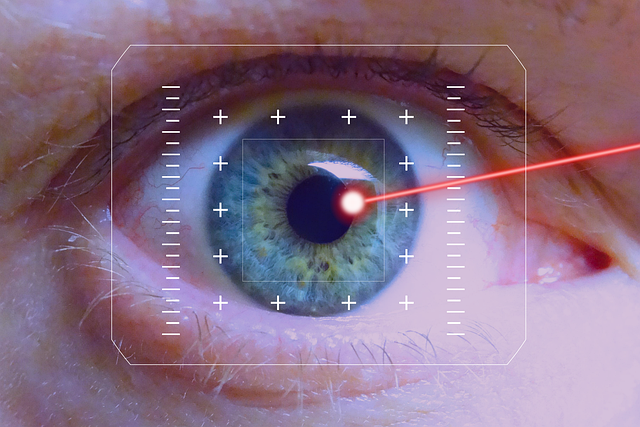In an age where visual technology continuously evolves, the quest for sharper and more vibrant images remains at the forefront of consumer desires. Interpolation plays a critical role in enhancing resolution and thereby elevating the viewing experience on TVs and monitors alike. But what exactly is interpolation and how does it influence the display technology we enjoy today? Let’s delve into this fascinating subject.
At its core, interpolation is a method used to estimate unknown values that fall between two known values. In the context of video and image displays, interpolation techniques are applied to create smoother and more detailed representations of images. This is particularly important in television, where the goal is to display content with the utmost realism, even if the original resolution is lower than the screen’s native capabilities.
One of the most common forms of interpolation is linear interpolation, which connects two data points with a straight line, allowing the image processor to fill in the gaps. More advanced techniques, such as bicubic interpolation, utilize a weighted average of the surrounding pixels to create a more detailed image. The result? A visually pleasing experience with enhanced clarity, especially when scaling up from lower resolutions.
Modern display technology has further refined these interpolation techniques. For instance, many high-definition TVs now feature algorithms that intelligently analyze motion within video frames. This not only smooths out fast-moving scenes but also enhances the clarity of static images, leading to an immersive viewing experience devoid of the frustrating blurriness associated with lower-quality displays.
Moreover, interpolation isn’t just about improving static images. With the rise of 4K and 8K resolution technologies, interpolation has become even more crucial. These high-resolution formats are capable of delivering stunning visual experiences, yet not all content is produced in such high definitions. By employing sophisticated interpolation algorithms, manufacturers ensure that older content is still shown in a way that feels relevant, allowing viewers to enjoy their favorite shows and movies in richer detail.
Additionally, gaming monitors have embraced interpolation techniques to create smoother gameplay experiences. Gamers benefit from technologies such as motion interpolation, which reduces motion blur and provides a more fluid experience during fast-paced action games. This not only enhances the gaming experience but also allows for greater precision in gameplay, giving players an edge in competitive settings.
As technology marches forward, the future of interpolation in display technology looks promising. With advancements in machine learning and artificial intelligence, we can expect even smarter algorithms that adapt dynamically to various content types. Imagine a TV that intelligently optimizes interpolation based on your viewing habits or the type of content being played— this could redefine how we perceive resolution and image quality.
From the casual viewer to the avid gamer, interpolation transforms our interaction with displays, ensuring that even the most mundane footage is rendered with clarity and depth. As we navigate through diverse viewing experiences, recognizing the importance of these techniques shapes not only our appreciation for visual technology but also our desire for high-quality entertainment.




